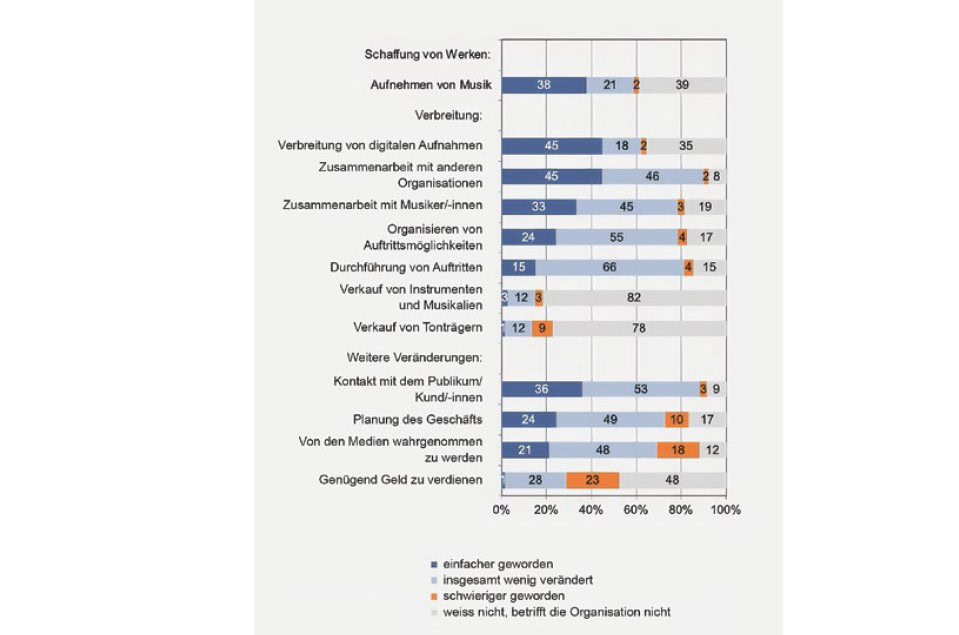Alexander Technique - calmly reaching your goal
A 27-year-old cellist wants less tension and stiffness. Applying the Alexander Technique gives her the impetus to make music in a more lively, relaxed and pain-free way and to be more relaxed.

N. has been working in the orchestra for six months with a 100% position. She is currently practising and rehearsing difficult orchestral pieces and complains of pain in her shoulders and neck. In the first lesson, I discuss with her the connection between situations, thoughts and physical sensations.
To get to the bottom of these connections, you need a fine, free, sensual attention. I give N. an observation sheet. In the next lesson she says: "When I was hurrying with the cello on my back, I felt hectic, breathless and tense in my back and neck. Becoming mindful while doing this had a pleasant and calming effect".
In the third lesson, N. is a little sad because she realizes "how I keep tensing up". I recommend that she reads the chapter about his own story in F. M. Alexander's book The Use of the Self. In it, he describes the development and methodology of his technique. After reading it, N. will be amused by the human stubbornness to insist on ingrained patterns.
I instruct her to lie down on the table. She relaxes as I guide her with my hands and words, which she finds very soothing. After about twenty minutes, she should sit up, be mindful during the movements and avoid unnecessary tension, especially in the neck muscles. In order to perceive inappropriate tension, it is advantageous to perform movements slowly at first. Over time, the quality of movement can also be assessed at a faster pace. N. rolls onto his side, pushes his legs over the edge of the table and sits up.
Her sitting on the table is now very upright and relaxed at the same time. She finds raising her arms light-hearted and playful. As I instruct her to play a short musical sequence "in the air" without a bow, she tenses her neck a little, collapses slightly on the right side of her chest and raises her right shoulder to compensate. Only when I ask her how her right side and neck respond to the raising of her arm does she realize it. She also notices that her arm is no longer quite as free as before. Using my hands and words, I work with her not to fixate on the goal of "making music" when raising her arm, but to strive for the goal and at the same time pay attention to the means of achieving it.
In the fourth lesson, I work with N. sitting down and on the instrument. She complains that she still does not have confident control of the bow arm and that her sound is impaired as a result.
A favorable approach to the organism as a whole means a good balance of tension and relaxation and working with the appropriate amount of energy for the situation. Making music requires muscle tension in the right place, at the right time, for the right duration and in the right dosage. N's pelvis is tilted backwards on the chair. I don't work with her directly on the bow arm, but my aim is to bring her head, neck, torso and legs into better balance.
When she is looking for "good posture", she soon feels a familiar pain in her lower back. I let her experience how she can balance on the sitting bones as if on runners. For this to be possible, she needs freedom in her hip joints. I ask N about their exact location. In her imagination, the hip joints are much higher than in reality. She looks at my little plastic skeleton and is amazed at how flexible her pelvis is and how her feet make better contact with the ground when she adapts her body image to reality.
This straightening of the pelvis results in a higher tone in the lower abdomen, while the shoulders and neck muscles relax at the same time. N's right arm now feels flexible, relieved and alive in my hands. "It's like my body is thawing out," she says.
In the fifth lesson, N is pleased that she has repeatedly succeeded in using and integrating the experiences gained in our lessons. She feels more energy and joy and occasionally a new sense of oneness with the instrument. After a work-related break, we will deepen our work in two months' time. In addition to handling the instrument, we will then work on various everyday movements as well as with the breath and the eyes.
> www.sylvia-baumann.ch








